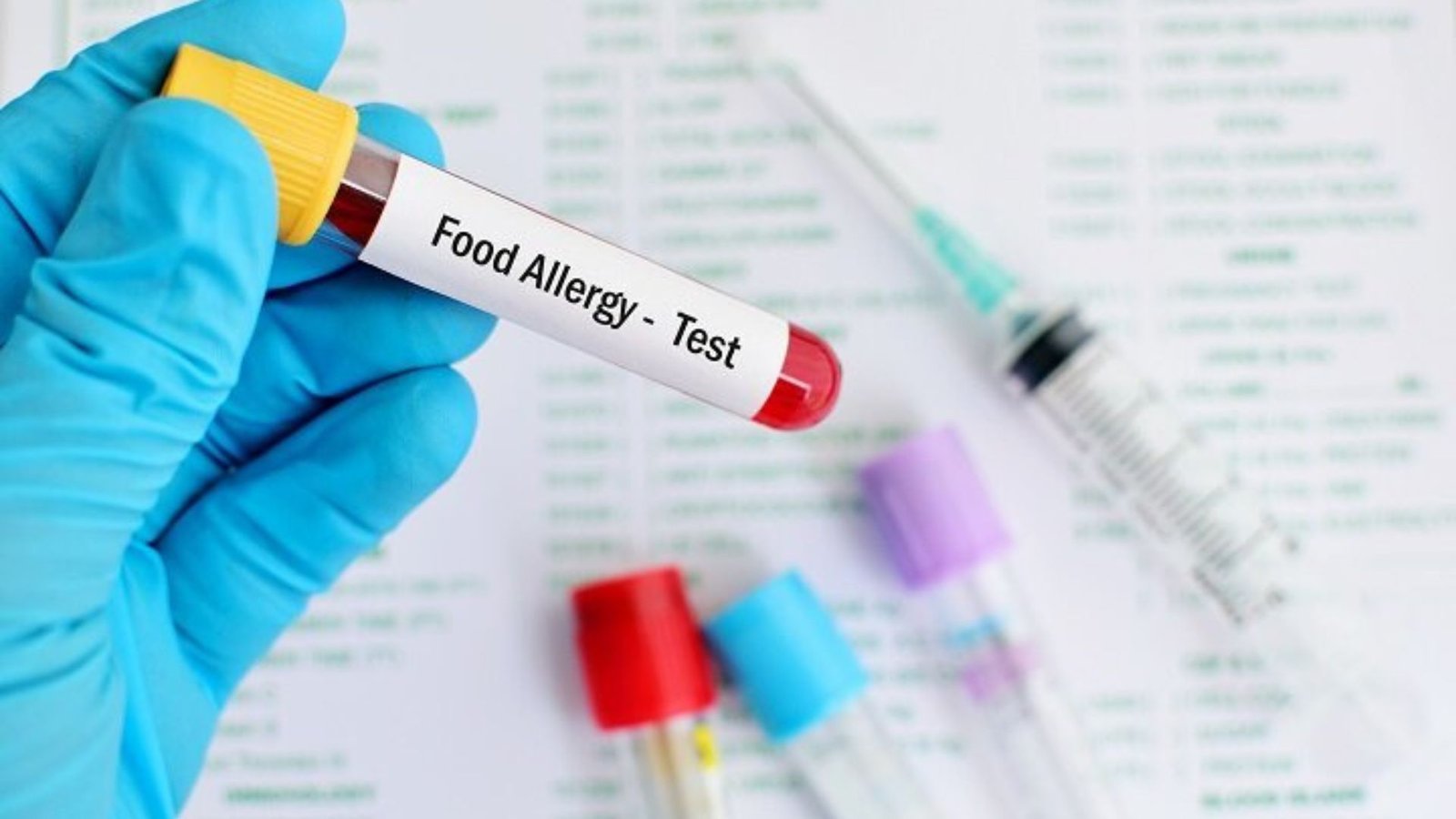Cross-contamination happens when food allergens come into contact with non-allergen foods, utensils, or surfaces, leading to the unintentional exposure of someone with an allergy to the offending food. For example, if a knife used to spread peanut butter is then used to slice bread, peanut residue can be transferred, making the bread unsafe for someone with a peanut allergy.
Cross-contamination can also occur during food storage, preparation, cooking, or serving. Even tiny amounts of allergens can cause an allergic reaction, so it’s essential to be vigilant in all aspects of food handling.
1. Clean and Sanitize Your Kitchen Surfaces Regularly
Keeping your kitchen surfaces clean is one of the most effective ways to prevent cross-contamination. Make sure to:
- Wipe down countertops with a cleaning solution after each use, especially if you’ve handled allergenic foods like peanuts, dairy, eggs, or soy.
- Sanitize cutting boards, knives, and utensils with hot soapy water. If possible, use separate cutting boards for allergenic and non-allergenic foods.
- Wash kitchen towels and sponges frequently to avoid transferring allergens.
Tip: Consider using disposable paper towels for cleaning up allergen residues to reduce the risk of contamination from dishcloths or sponges that may not be thoroughly sanitized.
2. Use Separate Utensils and Equipment for Allergen-Free Cooking
Using the same utensils, cookware, or dishes for different foods can easily lead to cross-contamination. To prevent this:
- Designate specific tools for allergen-free cooking, such as separate knives, cutting boards, mixing bowls, and measuring cups.
- Use color-coded or labeled utensils to easily identify which are allergen-free. For example, a red cutting board could be used for allergen-free foods, while a green one is reserved for foods containing allergens.
- Avoid shared appliances. If possible, use separate toasters, blenders, or microwaves for allergen-free foods to prevent contamination from residue.
Tip: If you must share equipment, thoroughly clean and sanitize it between uses.

3. Store Allergen-Free Foods Safely
Proper food storage can significantly reduce the risk of cross-contamination. Follow these steps:
- Store allergenic foods separately in clearly labeled containers to avoid accidental mixing. For example, keep peanut butter or dairy products on a different shelf from allergen-free foods.
- Use airtight containers to prevent allergens from spreading through the kitchen or fridge.
- Label and date everything clearly to avoid confusion, especially if you have multiple similar-looking items like dairy-free and regular milks or peanut butter and sunflower seed butter.
Tip: Store allergen-free foods in a separate section of the pantry and fridge to prevent accidental contact with allergenic foods.
4. Be Cautious with Pre-Packaged Foods
Pre-packaged foods can sometimes contain hidden allergens or be processed on equipment that also handles allergens. Here’s how to navigate packaged foods safely:
- Read ingredient labels carefully to check for any allergens that may be present. Look for allergen warnings like “may contain traces of nuts” or “processed in a facility that also processes dairy.”
- Contact manufacturers if you’re unsure whether a product is safe for someone with allergies. Some companies offer allergen-free certifications on their packaging.
- Choose certified allergen-free products where possible. For example, many brands now offer gluten-free, dairy-free, or nut-free certified foods.
Tip: If you’re unsure about a product’s safety, it’s best to err on the side of caution and avoid it.
5. Wash Hands Frequently and Practice Personal Hygiene
Good personal hygiene is crucial in preventing cross-contamination. Always wash your hands thoroughly before and after handling food, especially when dealing with allergens. This includes:
- Washing hands with soap and water for at least 20 seconds after handling allergenic foods or touching surfaces that may have come into contact with allergens.
- Using gloves if you’re handling foods that contain allergens, especially if you’re preparing meals for others who may be allergic.
- Avoiding touching your face, especially your eyes, nose, and mouth, when handling allergens. This can transfer allergens from your hands to other surfaces or your food.
Tip: If you need to handle allergens, wear disposable gloves and change them frequently to minimize the risk of contamination.
6. Clean After Every Meal and Snack
Cleaning up immediately after preparing a meal or snack can prevent allergen buildup in your kitchen. Make sure to:
- Clean surfaces such as countertops, stovetops, and tables after each meal. This will help remove any residue before it has a chance to spread.
- Wash dishes and utensils right after they’re used, especially if they’ve been in contact with allergens.
- Dispose of food scraps carefully, ensuring that any food waste with allergens doesn’t come into contact with allergen-free foods.
Tip: For easier clean-up, consider using disposable plates and utensils when serving allergen-free meals, especially if you’re hosting guests with allergies.
7. Educate Others and Be Clear About Allergy Protocols
When cooking for others, it’s important to ensure that everyone understands the steps necessary to prevent cross-contamination. Educate family members or guests about the importance of:
- Keeping allergens away from shared surfaces and utensils.
- Properly cleaning all surfaces after food prep.
- Clearly labeling and storing allergenic foods separately in the kitchen.
Tip: If you’re hosting a gathering or cooking for someone with food allergies, make sure everyone understands the safety measures you’ve taken to prevent allergic reactions.
Conclusion: Creating an Allergy-Safe Kitchen
Preventing cross-contamination in your kitchen is essential for ensuring the safety of individuals with food allergies. By following these practical tips—cleaning thoroughly, using separate utensils, properly storing foods, and practicing good hygiene—you can significantly reduce the risk of allergic reactions. Creating an allergen-free environment at home requires diligence, but it’s worth it to ensure the safety and well-being of those with allergies.











